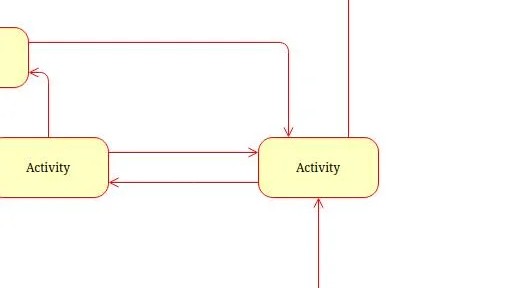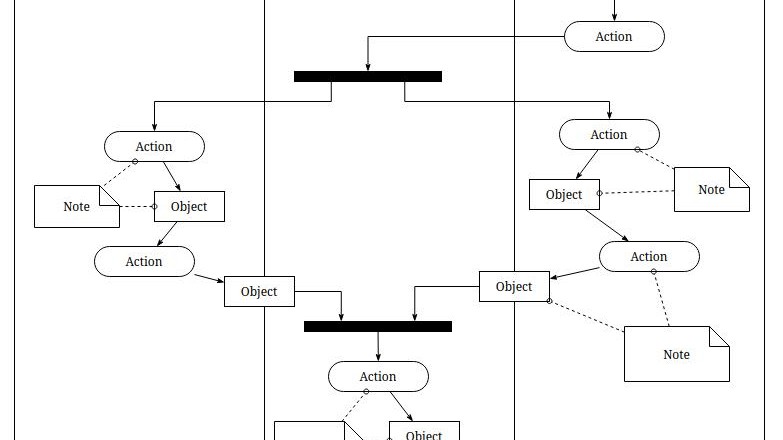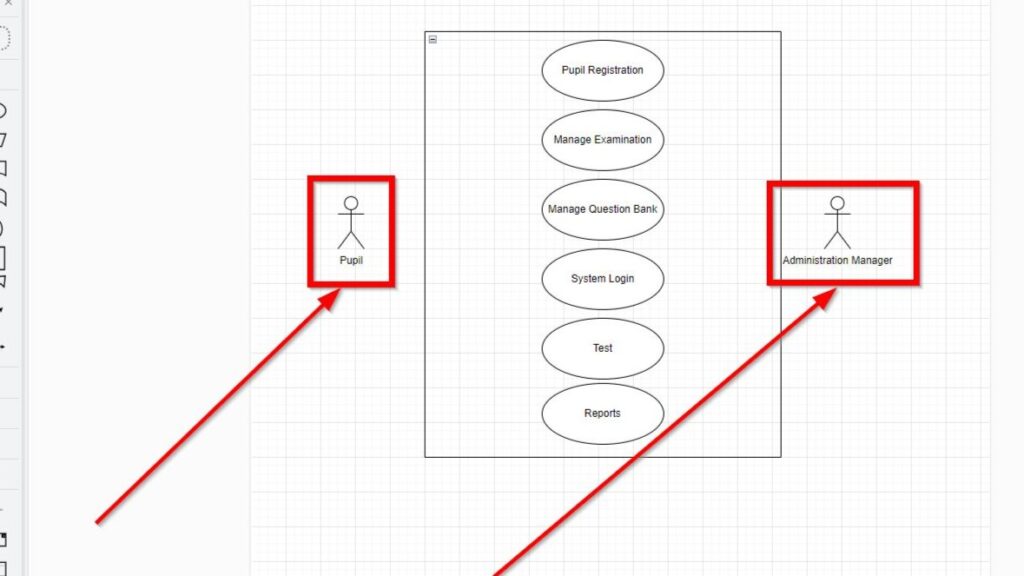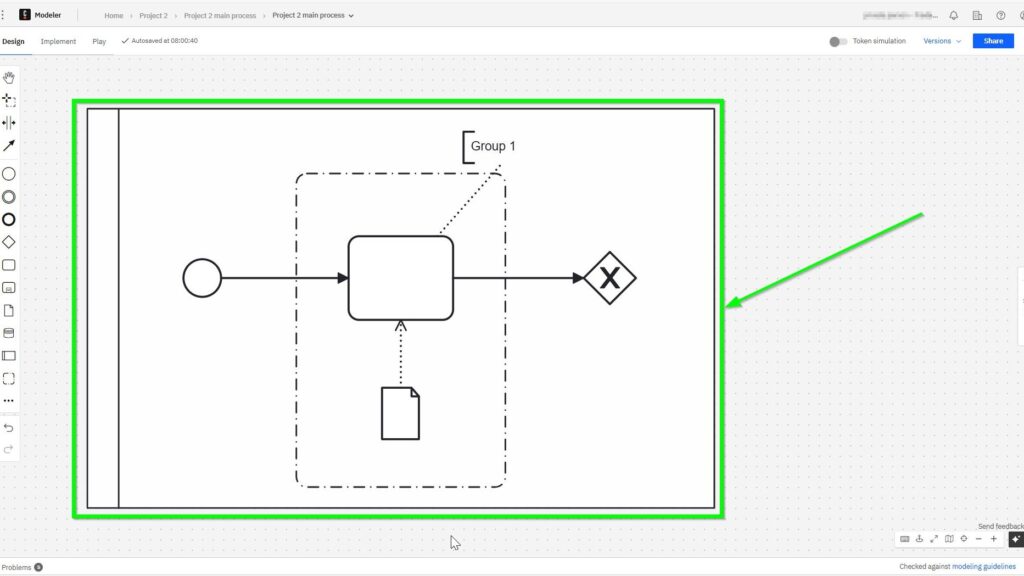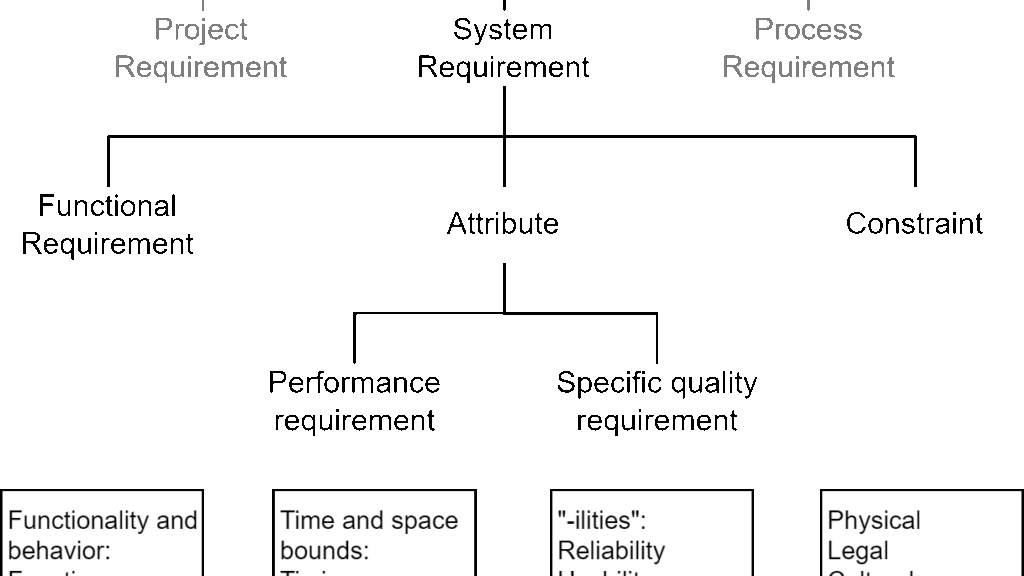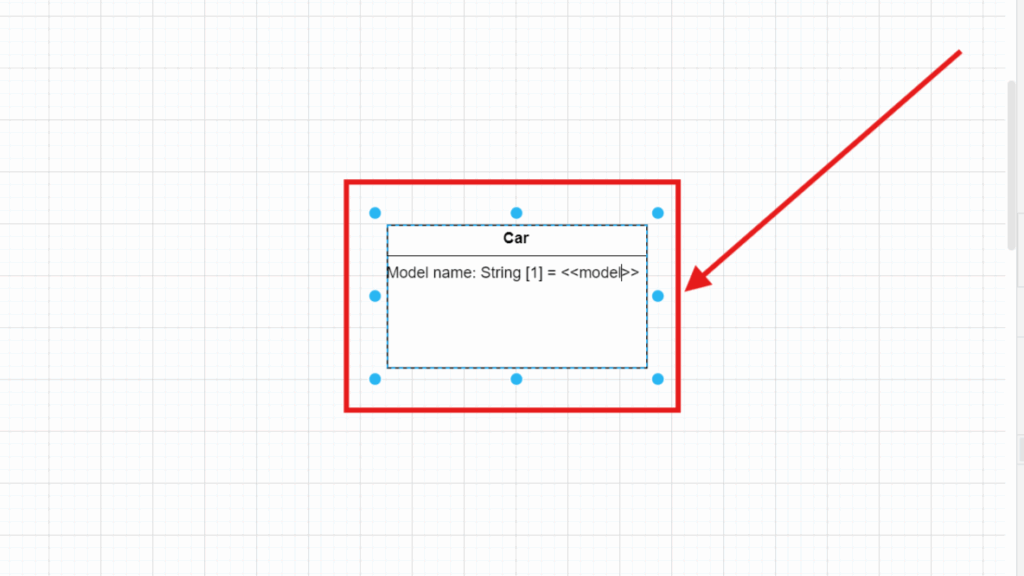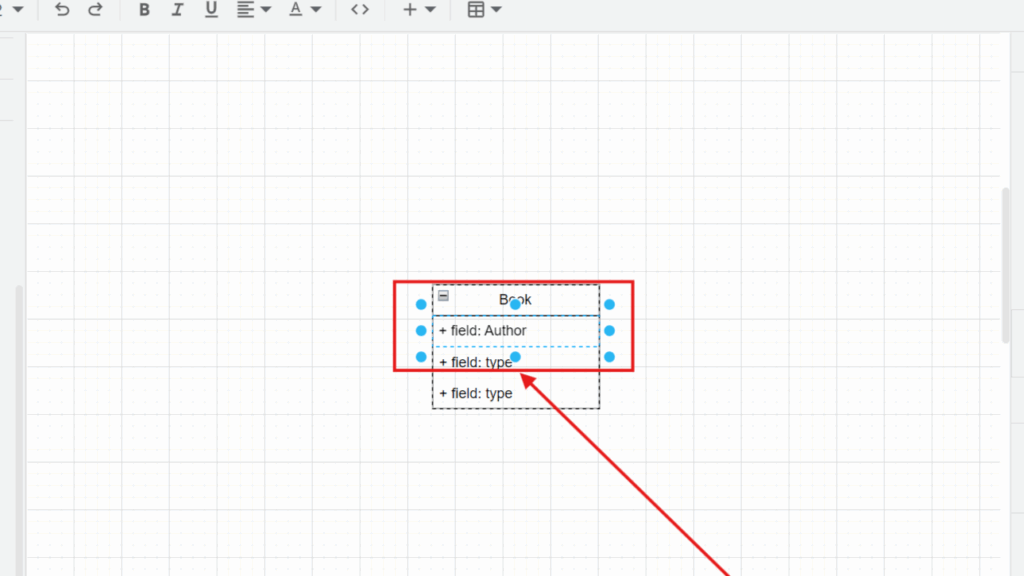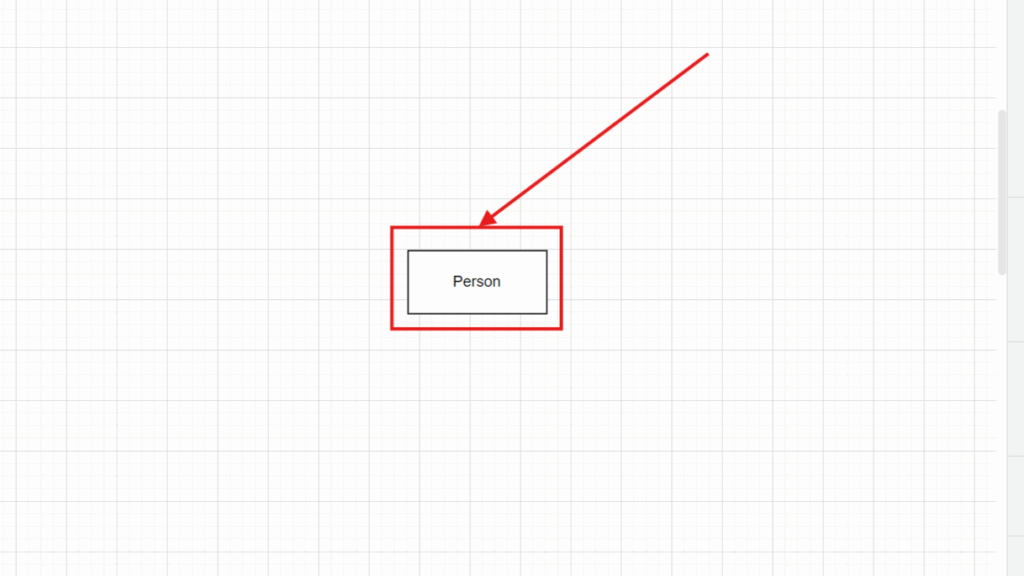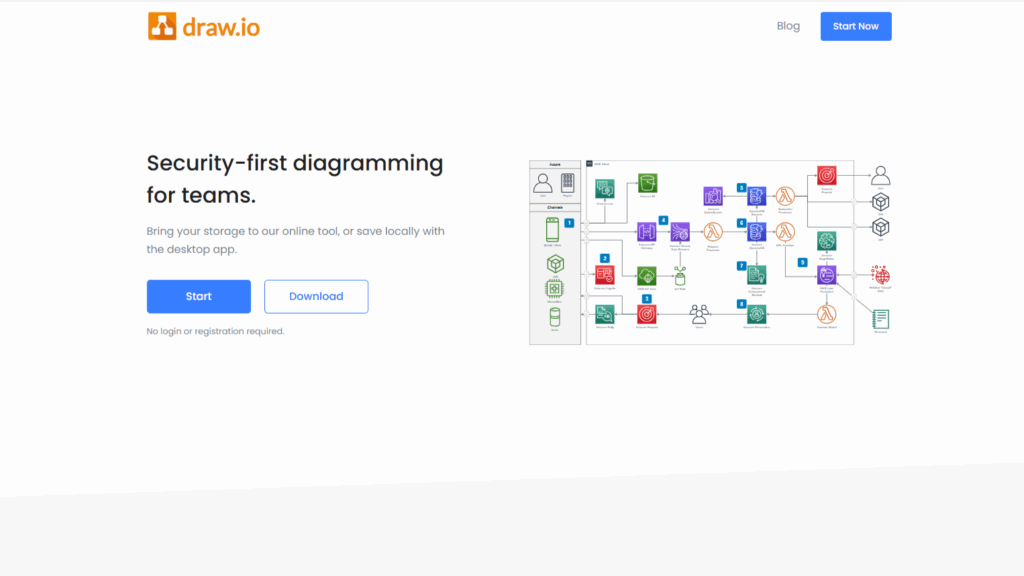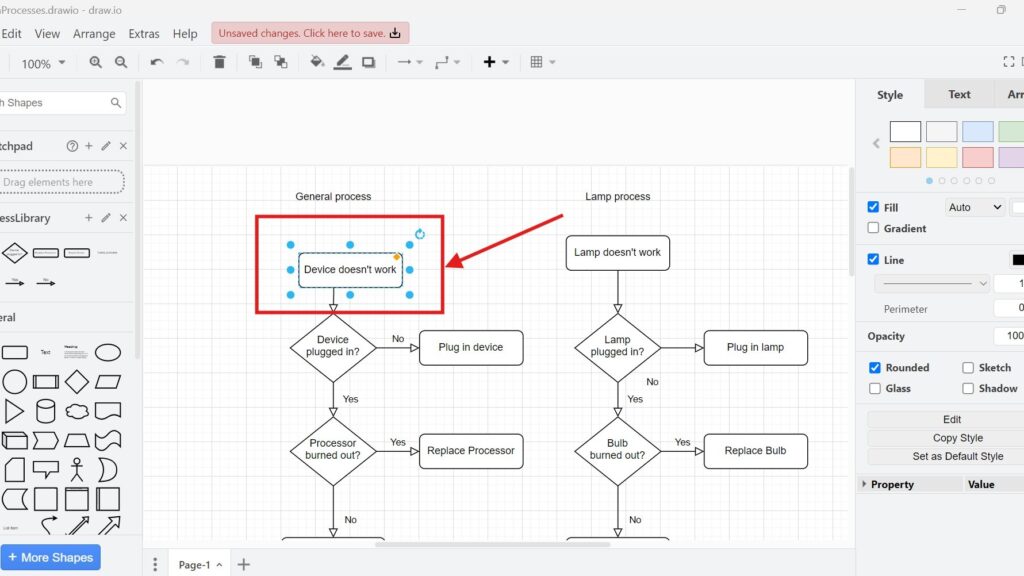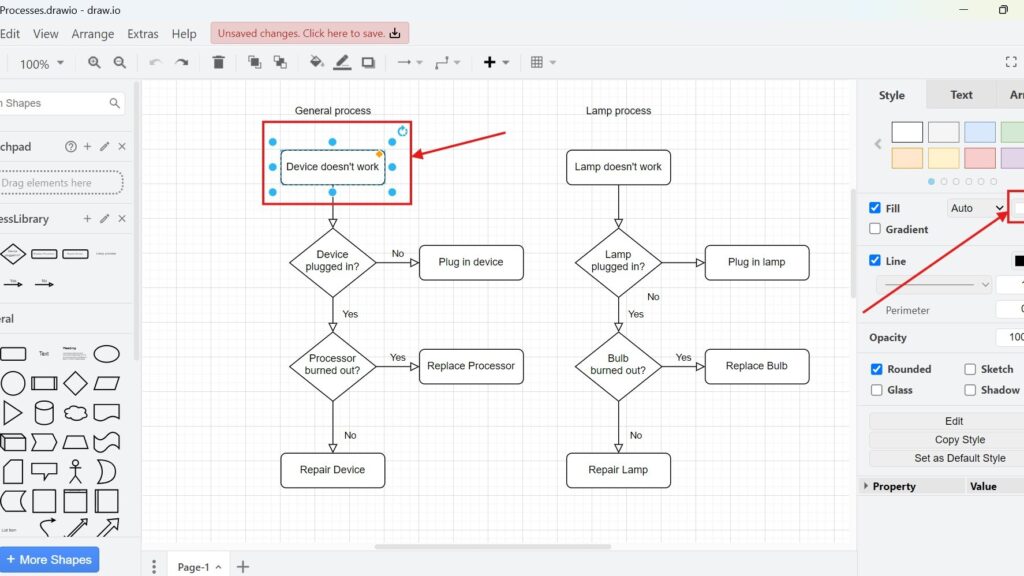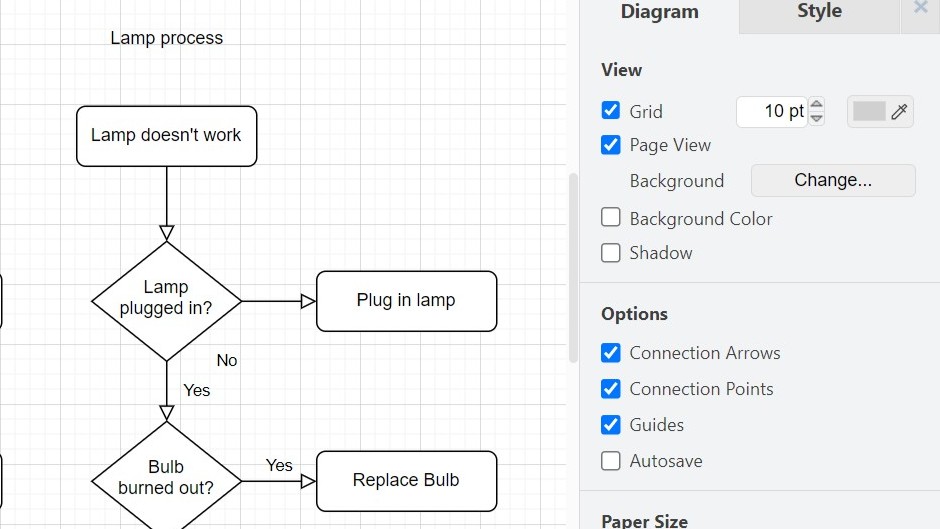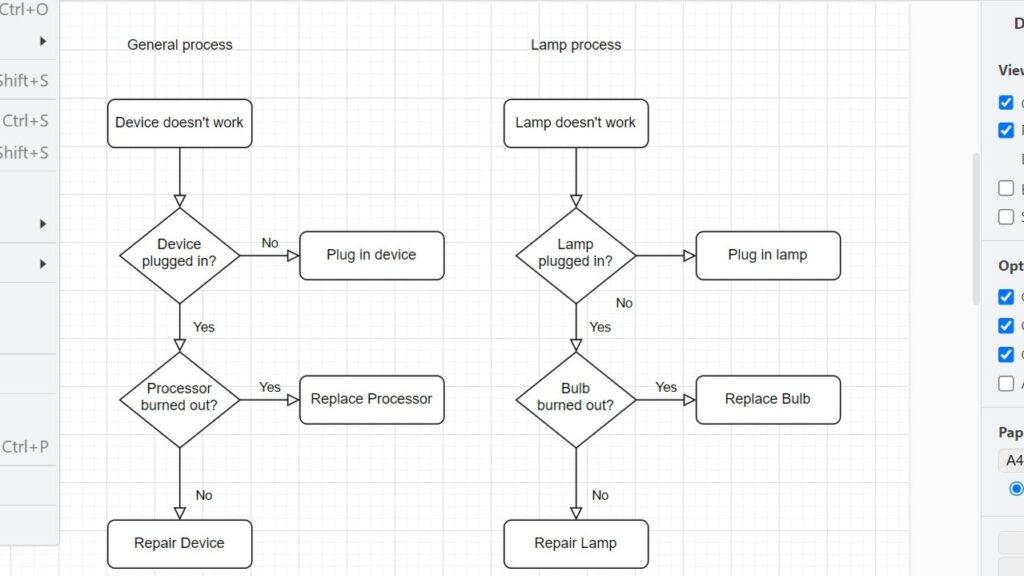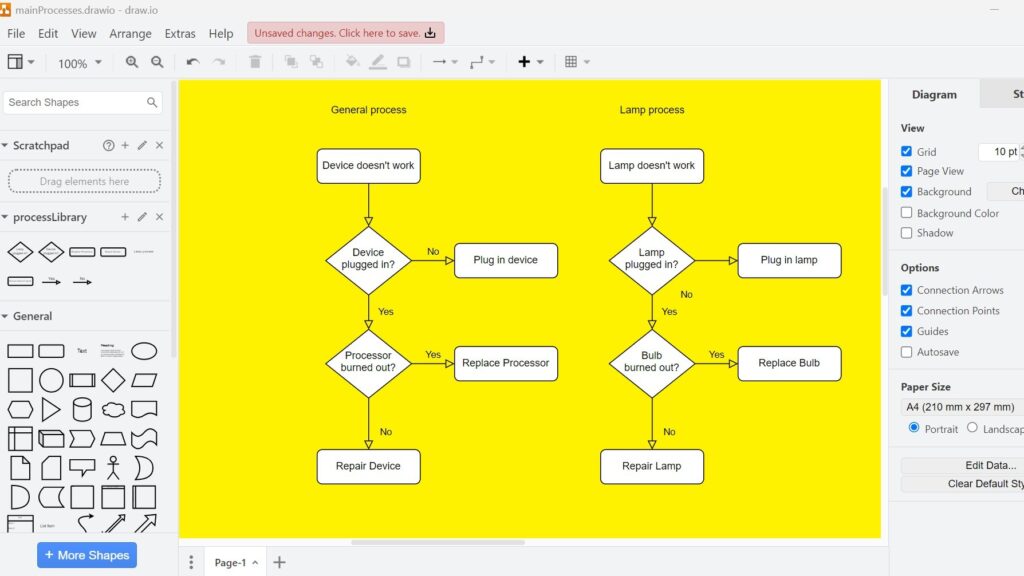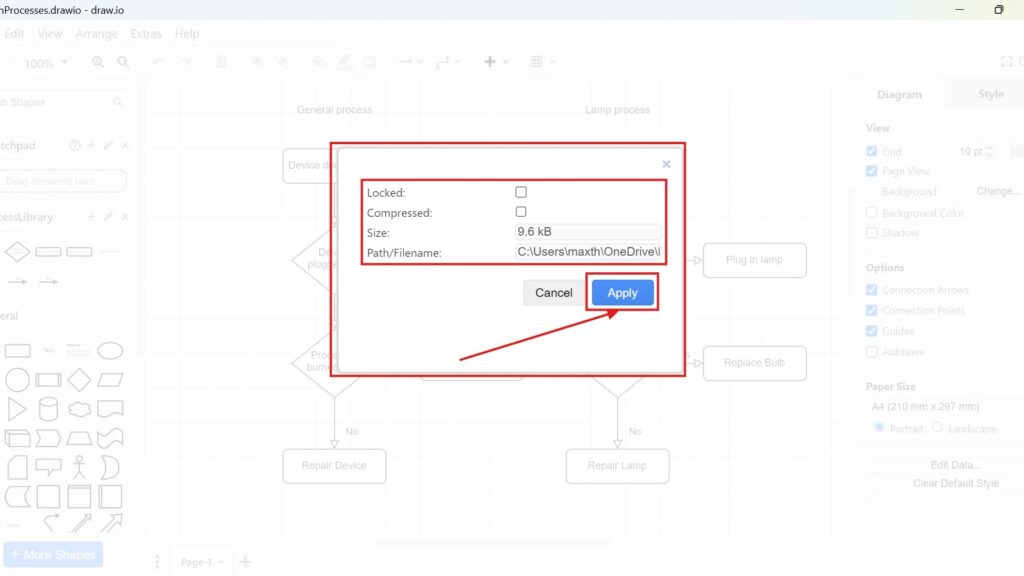Understanding the Function Principle of Object-Orientation
The function principle of object-orientation defines how we model systems to mirror real-world interactions. It shifts our focus from separate tasks or data toward cohesive entities known as objects. Each object combines behavior, state, and communication into one logical unit. This approach enables modular, flexible, and maintainable software designs that grow naturally with system complexity, making development more intuitive and efficient.
Understanding the Function Principle of Object-Orientation Read More »


